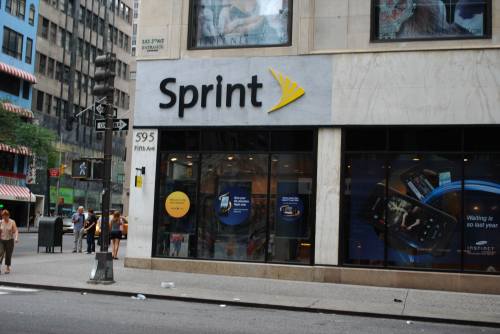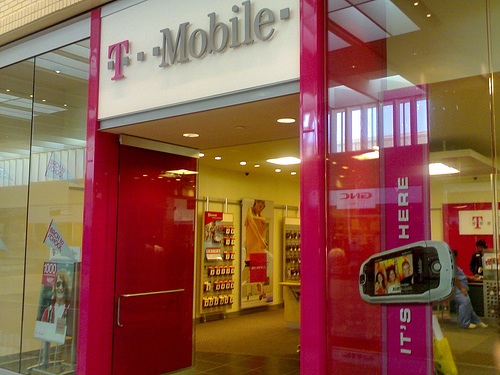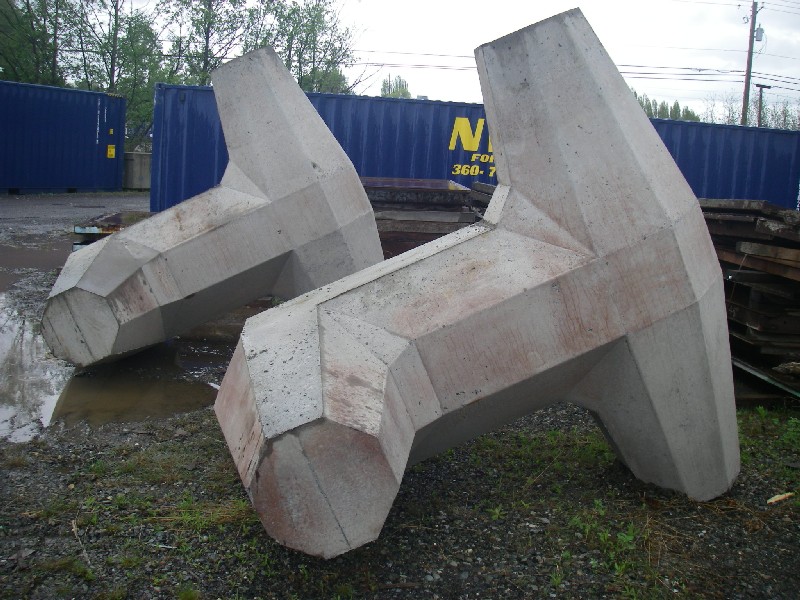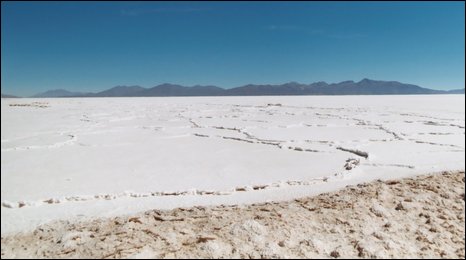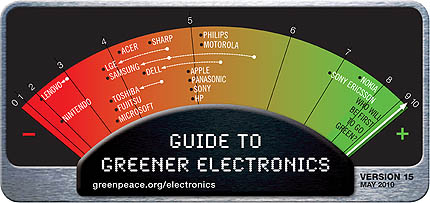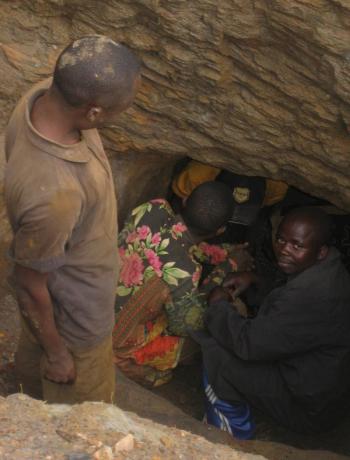The negative news:
Between 1995 and 2015, approximately half of the gold produced worldwide has or will come from the traditional territories of indigenous peoples, whose land rights are often not clearly recognized. Even when indigenous groups hold legal title to surface
lands, some governments sell off the subsurface rights to mining corporations.
In 2001, the world's top 5 gold producers were South Africa, the United States, Australia, Indonesia, and China.
Smelting?a process that removes gold's impurities once it's separated from the ore?uses large amounts of energy and releases significant air pollution. The world's smelters add 142 million tons of sulfur dioxide to the atmosphere every year?13 percent of
global emissions.
Metals mining is the number one toxic polluter in the United States, responsible for 96 percent of arsenic emissions and 76 percent of lead emissions.
The U.S. Geological Survey reports that water tables have dropped by as much as 300 meters around some large open-pit gold mines in Nevada. The Betze-Post mine alone pumps out 380,000 cubic meters (100 million gallons) of groundwater per day.
Bingham Canyon, the world's largest open pit mine, is visible from outer space. This Utah mine, which produces copper, gold, silver, and molybdenum, measures 1.5 kilometers (1 mile) deep and 4 kilometers (2.5 miles) across.
A single gold mine in Papua New Guinea?Ok Tedi?daily generates 200,000 tons of waste per day, more than all of the cities in Japan, Canada, and Australia combined.
Between 1990 and 1998, more than 30,000 people were displaced by gold mining operations in the district of Tarkwa in Ghana.
120,000 tons of toxic waste spilled from the Baia Mare gold mine in Romania in 2000, contaminating the drinking water of 2.5 million people and killing 1,200 tons of fish.
In 1996, Pik Botha, then South Africa's Minister for Mineral and Energy Affairs, estimated that in his country, each ton of gold mined costs 1 life and 12 serious injuries.
|
What we can do about it:
In December 2003, Peru's mining ministry blocked a Canadian mining company's proposed open-pit gold mine in Tambogrande. This decision was a major victory for the local farming community, which had voted against the mine in June 2002.
The International Finance Corporation, the private arm of the World Bank Group, decided in October 2002 not to back the controversial Rosia Montana gold mine project in Romania, which would displace local people and pose a high environmental risk.
Costa Rica's president declared a moratorium on all open-pit mines in June 2002, noting that, ?the true fuel and the true gold of the future will be water and oxygen.? Similarly, Cotacachi county in Ecuador has banned all forms of mining in order to protect
its cloudforest and people.
The Baia Mare toxic spill in Romania in 2000 prompted both the Czech Senate and the German Parliament to ban gold mining using cyanide leaching methods.
In 1998, a citizens' initiative in the U.S. state of Montana led to a ban on the use of cyanide leaching for new mines or expansions of existing mines in the state.
|

